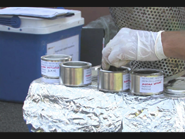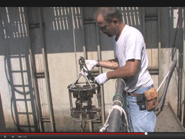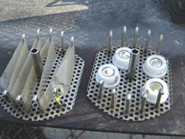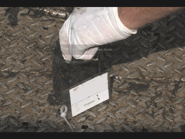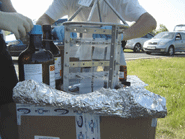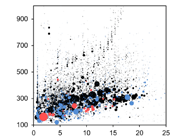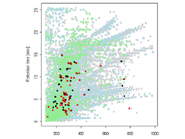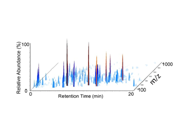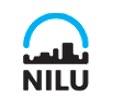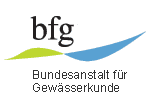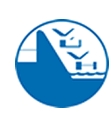You are here
Case Study 2
Validation and harmonisation of an analytical methodology for reference laboratories: Non-steroidal anti-inflammatory drugs (NSAID)
Pharmaceutically active substances are a class of emerging contaminants that have raised great concern in recent years and were selected for the second case study. Human and veterinary drugs are continuously being released into the environment, mainly as a result of the manufacturing processes, the disposal of unused or expired products and via excreta. The amount of pharmaceuticals and their bioactive metabolites being introduced into the environment is likely to be low. However, their continuous environmental input may lead to a high, long-term concentration and promote continual, but unnoticed adverse effects on aquatic and terrestrial organisms. Among all pharmaceutical compounds, polar drugs such as acidic non-steroidal anti-inflammatory drugs (NSAIDs) deserve particular attention. Due to their physico-chemical properties (high water solubility and often poor degradability) they are able to penetrate through all man-made treatments and natural filtration steps and enter surface water, groundwater and drinking water. The analytical methodologies for the analysis of NSAIDs are still evolving and applied at the level of single laboratories. NSAIDs were therefore selected for the second case study to test the functioning of the network for the harmonisation of chemical methods validated at reference laboratory level, using the procedures developed in Validation level 2 protocol.
In Case Study 2, a sequential interlaboratory comparison study was followed. In the first round, aquatic samples of differing complexity were prepared and analysed. After evaluation of the results and agreement on the protocol, the second exercise will used the harmonised protocol.
The results of the intra-laboratory study are reported in the Final Reports - NSAID in water (Round 1 inter-laboratory study and Round 2 inter-laboratory study)
For more details on this case study you can contact the Work Package leader Damià BARCELO .
